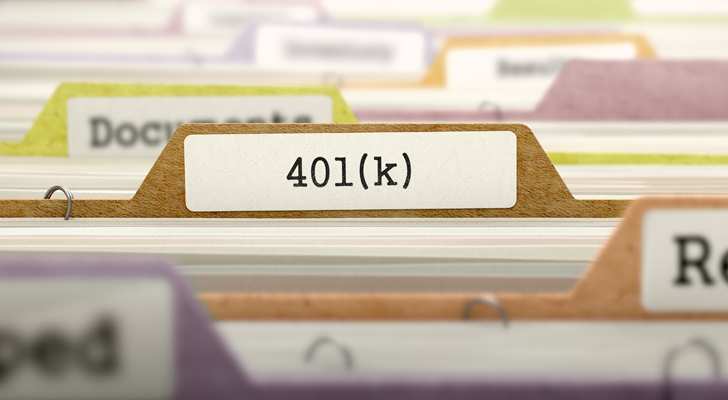While 401k plans are not intended to be active trading vehicles, they are not set-it-and-forget-it instruments, either. It may sound cliché, but think of your 401k as a garden. You cannot just plant some seeds — or investments — and leave them unattended and expect optimal results.
There are compelling reasons and benefits to rebalancing your 401k. Of course, how often you rebalance your 401k depends on market volatility, individual risk tolerance and investment objectives.
“Over time, the difference in performance between funds in your 401k account can cause your asset allocation to look very different from your original plan,” according to asset manager Wilmington Trust. “For example, a participant with a 50% stocks/50% bonds allocation at the start of 1995 would have had a 71% stocks/29% bonds allocation five years later if left unattended, due to strong stock market performance during that period. As a result, the participant’s account would have more risk (more stocks) than he or she originally intended.”
Advice for rebalancing your 401k is not uniform because different employers offer employees different choices for 401k investment options. However, there are some tips that can apply to a broad swath of investors regardless of what your 401k choices are.
Tips for Young Investors
Let’s assume you are just starting your first job or are in your mid to late-20s. First, you should definitely be contributing to your 401k in some fasion. Second, get in the habit of at least occasionally rebalancing your 401k account.
One thing young workers should do when rebalancing 401k accounts is ensure they are not heavily invested in bond funds. In fact, it’s not a stretch to say a 25- or 28-year-old worker should have no fixed income exposure at all. Since younger investors have the benefit of time, they can take on more risk, including investing in growth and momentum equity funds, among others.
Younger investors should rebalance their 401k plans to include some exposure to dividend stocks and funds to reduce some risk, generate income and put the power of compounding on their sides.
Know Where You’re At
Knowing just how close you are to your expected retirement age is pivotal when rebalancing your 401k. Just as younger investors can afford to take on more risk, workers that are three or five years from retirement should not be overweight in growth stocks or international fare. Likewise, workers getting close to retirement should upping fixed income exposure.
“Although the primary objective of rebalancing is risk control, it does not have to mean a significant reduction in return,” said Wilmington.
Investors nearing retirement can help keep their returns steady and add income with lower risk dividend funds and investment-grade corporate bonds.
Set a Schedule
Rebalancing your 401k does not need to be tedious, nor does not need to be time consuming.
“Financial planners recommend you rebalance at least once a year and no more than four times a year,” according to the 401k Help Center. “One easy way to do it is to pick the same day each year or each quarter, and make that your day to rebalance.”
Conversely, investors should not treat their 401k as an avenue for active trading. Rebalancing your 401k does not need to happen once a week or 20 times a year. Getting overly active with your 401k could easily do more harm than good.
Rebalancing Ideas
There are some sensible ideas for what to do when rebalancing your 401k, including adding new assets classes, reducing risk or embracing some areas of the market that have been laggards.
“Redirect money to the lagging asset classes until they return to the percentage of your total portfolio that they held in your original allocation,” said the Financial Industry Regulatory Authority (FINRA). “Add new investments to the lagging asset classes, concentrating a larger percentage of your contributions on those classes. Sell off a portion of your holdings within the asset classes that are outperforming others. You may then reinvest the profits in the lagging asset classes.”

